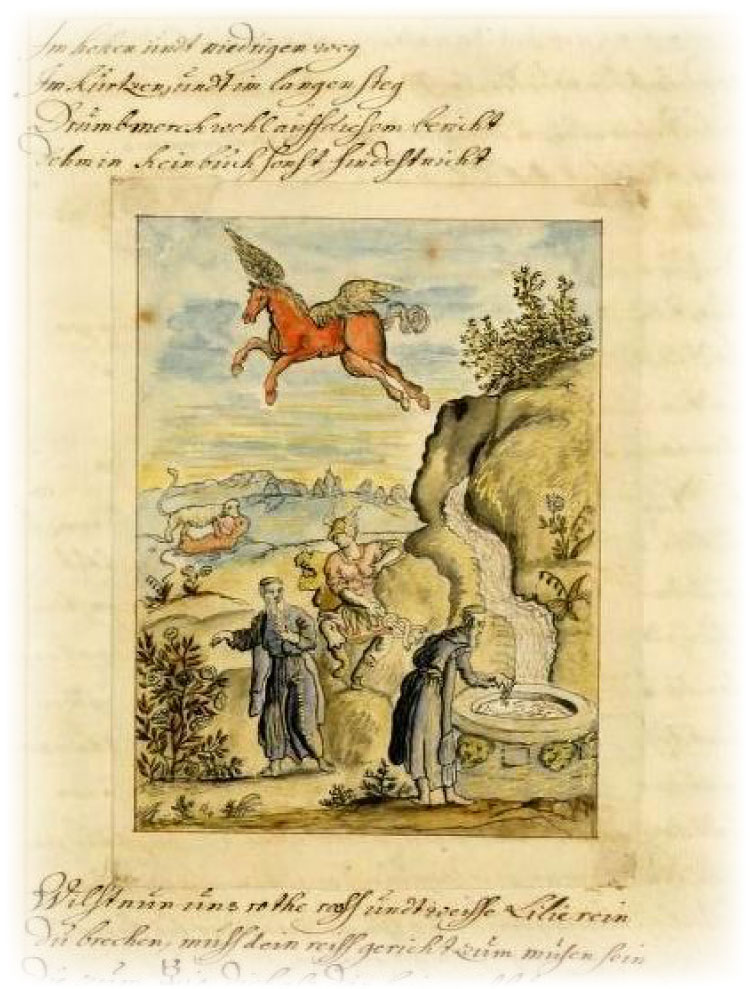Fairy Tales

If you don’t have a story,
you don’t understand what is happening.
Yuval Noah Harari
I LOVE fairy tales. Many people assume that fairy tales, like nursery rhymes, are mere remnants of childhood, to be relinquished or forsaken by the mature and pragmatic adult. But they are not so readily forgotten, nor so frivolous. It is really only fairly recently that the stories were relegated to the nursery by a culture which sets higher store by knowledge than by wisdom. Any serious student of human nature knows that fairy tales are serious indeed.
Story is the hallmark of our species, and, after drawing, our first history. Recorded on tablet, scroll or in bardic memory, stories document a narrative of the imaginal. As tales of wonder, enchantment and surprise, they rise from the dusky reservoir of the human soul, where our natural love of intrigue and meaning forms itself into infinite combinations of curious figures, strange landscapes and seemingly hopeless predicaments.
To appreciate fairy tales in their fullness and innocence requires an alteration of our habitual modes of reception. We must listen with an inner ear and feel the subtle air of Færie on our skin. It requires an adjustment of vision from the dazzling clarity of logos to the dim, flickering play of Eros. It requires adopting a sense of space that is nowhere and everywhere, and a sense of time that is almost and not quite and maybe thus. It requires that we surrender to a suspension of disbelief that is, in itself, marvellous.
But although much of a tale may be fantastical, its deep satisfaction comes from touching something real and constant within us, something we recognize to be true no matter what the guise. Love, evil, innocence, courage, justice, devotion – these grand themes resonate in the human spirit of every age. Whether a fairy tale be simple or complex, it has a stark, one-dimensional quality, for it rises largely uncontaminated from a realm of psyche where time runs at geologic speed and the influence of historical vagaries is merely centimetres deep.
Fairy tales carry all listeners into wonder, as well as into archaic layers of the human soul. The patterns repeated in these stories reflect universal archetypes, which serve as the building blocks of all experience. These structures, which we could consider our inherited psychic DNA, repeat endlessly across time and space as well as in everyday life. They are the same patterns we track in the imagery of dreams. Fairy tales present a theatre of archetypes in action and an unsparing mirror of our complicated selves.
The spirit of story calls us beyond the daily catalogue of triumphs and travails that occupy waking life. In twilight, when work is done, a different voice can be heard, awakening a knowing that lives outside collective opinion. It speaks perceptions and intimations that carry us beyond the practical and mundane. The realm of fairy tale, like legend, scripture or myth, is one where fundamental values and ageless wisdom shape character, setting, plot, props and theme. These stories are charming and haunting, baffling and perverse, eluding precise analysis and ultimately ‘just-so’.
In reading and studying tales, we have the opportunity to see personifications of our own inner reality interacting with each other. From kings and queens to demons, siblings, parents, witches and faithful animals we see exaggerated parts of ourselves as if on stage, and are reminded of the vast networks of complexity and order that exist in our own souls.
Dr. Jung once said that it is in fairy tales
that one can best study the comparative anatomy of the psyche.
Marie-Louise von Franz
Alison Vida
Salt Spring Island, BC Canada
alison@alisonvida.com
